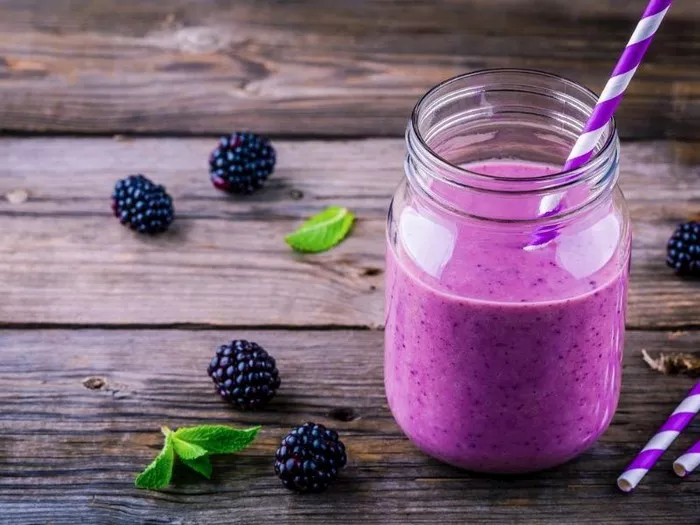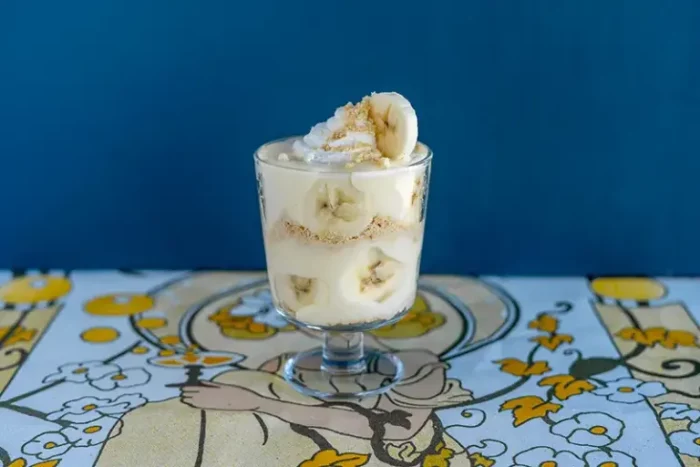In the realm of cooking, there are often numerous substitutions that can be made to adjust recipes according to personal preferences, dietary restrictions, or simply to try something new. One common question that arises is whether vegetable oil can be used instead of butter. The answer to this question isn’t as straightforward as a simple “yes” or “no,” as it depends on the specific recipe and desired outcome. This article will explore the various aspects of substituting vegetable oil for butter, offering detailed explanations and insights to help you make informed decisions in your kitchen.
Understanding the Differences Between Vegetable Oil and Butter
Before diving into the substitutions, it’s essential to understand the fundamental differences between vegetable oil and butter.
Butter:
- Composition: Butter is made from the fat of dairy products, typically cow’s milk. It contains about 80% fat, with the remaining 20% being water and milk solids.
- Flavor: Butter has a rich, creamy flavor that adds depth and complexity to dishes.
- Texture: It’s solid at room temperature but melts easily when heated.
- Use: Butter is commonly used in baking, sautéing, and spreading on bread.
Vegetable Oil:
- Composition: Vegetable oil is derived from plant sources such as soybeans, corn, olives, sunflower seeds, and more. It is 100% fat and contains no water or solids.
- Flavor: Vegetable oil generally has a neutral or mild flavor, making it versatile for various uses.
- Texture: It remains liquid at room temperature and has a lower smoking point than butter.
- Use: Vegetable oil is ideal for frying, sautéing, and baking where a neutral flavor is desired.
Substituting Vegetable Oil for Butter in Baking
Baking is a precise science, and substituting ingredients can significantly alter the final product. Here’s a closer look at using vegetable oil in baked goods:
Cookies:
- Substitution Ratio: Typically, you can replace butter with vegetable oil on a 1:1 ratio in cookie recipes.
- Texture: Cookies made with vegetable oil tend to be slightly softer and cakier due to the lack of water in the oil, which doesn’t contribute to gluten formation like butter does.
- Flavor: The flavor will be more neutral, so if you’re looking for a buttery taste, adding a bit of vanilla extract or another flavoring agent can help.
Cakes:
- Substitution Ratio: For cakes, use about ¾ cup of vegetable oil for every cup of butter called for in the recipe.
- Moisture: Cakes with vegetable oil tend to be moist and tender because the oil distributes evenly throughout the batter, ensuring even moisture.
- Rise: The cakes may rise more due to the lack of solid fats that can restrict gluten development.
- Browning: Cakes baked with vegetable oil may brown more quickly, so it’s important to keep a close eye on them to avoid overbaking.
Bread:
- Substitution Ratio: In yeast bread recipes, you can usually replace half the butter with vegetable oil.
- Texture: The bread may have a softer crumb and a slightly different texture due to the absence of butter’s solid fats.
- Flavor: Adding a pinch of salt and perhaps some dried herbs or spices can help boost the flavor profile.
Substituting Vegetable Oil for Butter in Cooking
When cooking on the stovetop, the substitution of vegetable oil for butter can be a bit more flexible.
Sautéing and Frying:
- Heat Tolerance: Vegetable oil has a higher smoking point than butter, making it ideal for high-heat cooking like sautéing and frying.
- Flavor: Since vegetable oil has a neutral flavor, it won’t impart a buttery taste to your dishes. This can be advantageous when you want to highlight other flavors in your ingredients.
- Health Benefits: Using vegetable oil instead of butter can be a healthier choice, especially if you opt for oils like olive oil or avocado oil, which are rich in monounsaturated and polyunsaturated fats.
Pan-Seared Meats and Vegetables:
- Crispiness: Vegetable oil helps achieve a crisper exterior on pan-seared meats and vegetables due to its higher smoking point and ability to distribute heat evenly.
- Moisture Retention: The oil helps seal in moisture, resulting in juicy, tender dishes.
Considerations for Substituting Vegetable Oil
While substituting vegetable oil for butter can offer numerous benefits, there are a few considerations to keep in mind:
- Flavor: Butter adds a unique, rich flavor that vegetable oil cannot replicate. If flavor is a priority, consider using a combination of the two or adding additional flavorings to your dishes.
- Texture: The texture of baked goods and cooked dishes will differ slightly when using vegetable oil instead of butter. This can be particularly noticeable in recipes where butter plays a structural role, such as pie crusts.
- Health Concerns: While vegetable oil can be a healthier alternative to butter, it’s important to choose the right type of oil. Some oils, like coconut oil or palm oil, are high in saturated fats, which can raise cholesterol levels. Opt for oils that are rich in unsaturated fats, such as olive oil, avocado oil, or sunflower oil.
- Storage and Shelf Life: Butter has a shorter shelf life than vegetable oil and requires refrigeration. Vegetable oil can be stored at room temperature, making it more convenient for some uses.
Special Cases: Recipes Specifically Calling for Butter
Some recipes are designed specifically to highlight the flavor and texture of butter. In these cases, substituting vegetable oil may not yield the desired results. Examples include:
Buttercream Frosting: Butter is crucial for the rich, creamy texture and flavor of buttercream frosting. Vegetable oil would not produce the same results.
Puff Pastry: The lamination process in puff pastry relies on the solid fats in butter to create layers. Vegetable oil would not provide the same structure.
Compound Butters: Recipes for compound butters, such as herb butter or garlic butter, rely on the solid form of butter to incorporate flavors and textures effectively.
Practical Tips for Substituting Vegetable Oil
Start Small: If you’re unsure about substituting vegetable oil for butter, try it in small batches or with recipes where the flavor of butter isn’t the main focus.
Adjust Quantities: As mentioned earlier, the substitution ratio can vary depending on the recipe. Pay attention to the specific instructions and adjust accordingly.
Experiment: Cooking is an art, and experimenting with different ingredients can lead to delicious discoveries. Don’t be afraid to try new combinations and see what works best for your taste preferences.
Conclusion
Substituting vegetable oil for butter is a viable option in many recipes, offering health benefits, convenience, and versatility. However, it’s important to understand the differences between the two ingredients and how they affect the final outcome of your dishes. By considering factors such as flavor, texture, and the specific requirements of your recipe, you can make informed decisions that will result in delicious, satisfying meals. Whether you’re baking, cooking, or simply looking for healthier alternatives, vegetable oil can be a valuable addition to your kitchen arsenal. Happy cooking!
Related Topics:
























